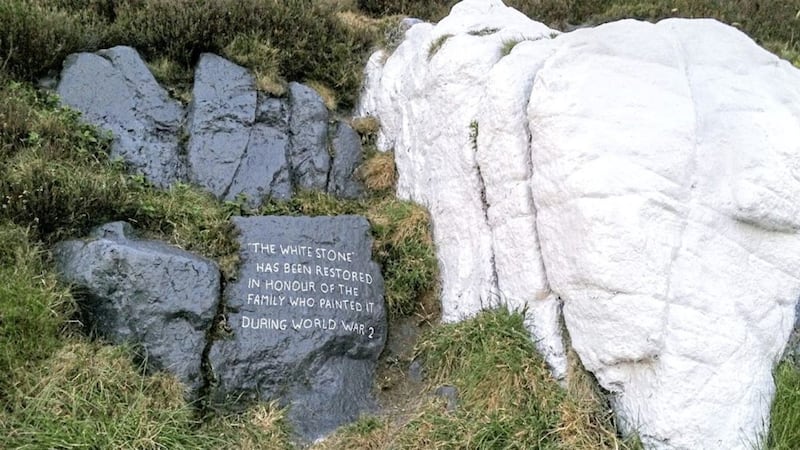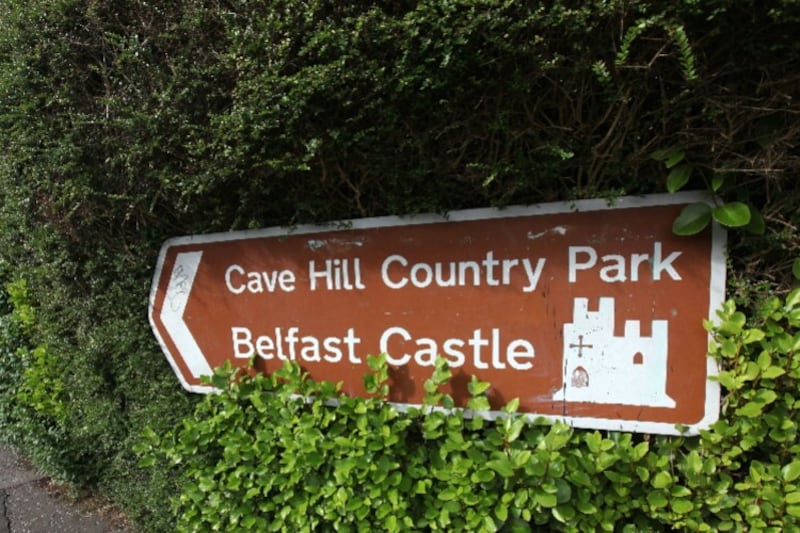A HUGE rock used to guide military aircraft into Belfast during World War II has been recognised as a historical landmark.
The structure on Cave Hill was painted white during the war as a navigational landmark for aircraft coming in to land at Nutts Corner airfield and Langford military airbase.
Belfast man William Caulfield was entrusted with its maintenance for the duration of the war.
A postman by trade, Mr Caulfield lived with his wife Nelly and family in Cave Hill cottage, which still stands today.
Visible on most days in areas of north and east Belfast, the stone has been recognised as a historical landmark by the Northern Ireland Environment Agency (NIEA) after a request from the Cave Hill Conservation Campaign.
The location of the stone will now be added to the NIEA's new historic environment map viewer.
Additionally Belfast councillors at the People and Communities Committee have backed proposals for a granite plaque to be erected at the site, detailing the stone's rich history.
Their decision is due to be ratified next month.
Cormac Hamill, chairman of the Cave Hill Conservation Campaign, said the plaque, could be in place by January.
"It's a stone that's obviously very visible, but it's been largely ignored for many years and used to get painted in all sorts of colours.
"I remember it was painted pink for the Giro D'Italia," he said.
"It's tied in to war time heritage and is proof that Cave HIll is very much part and parcel of the history of Belfast," he added.








